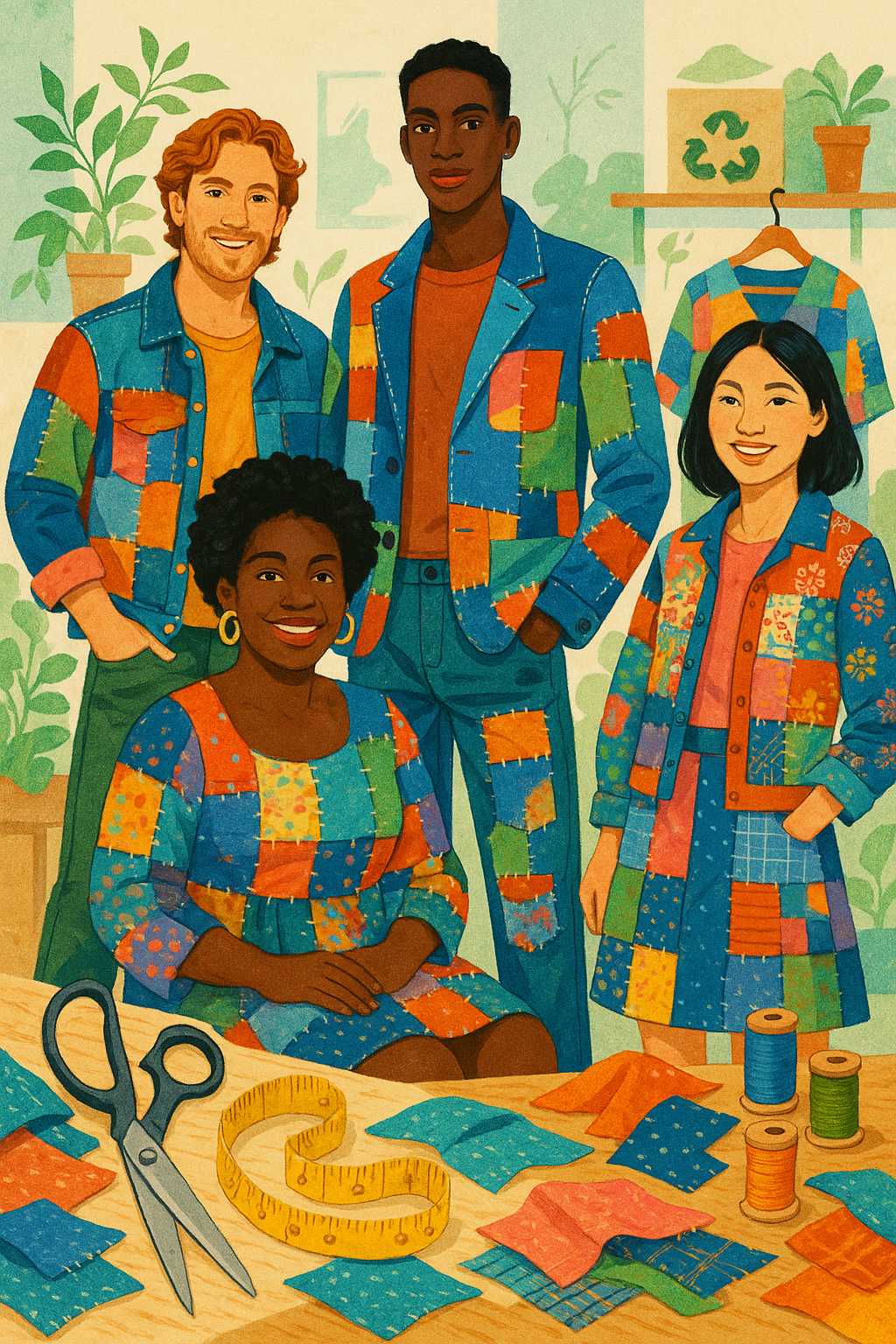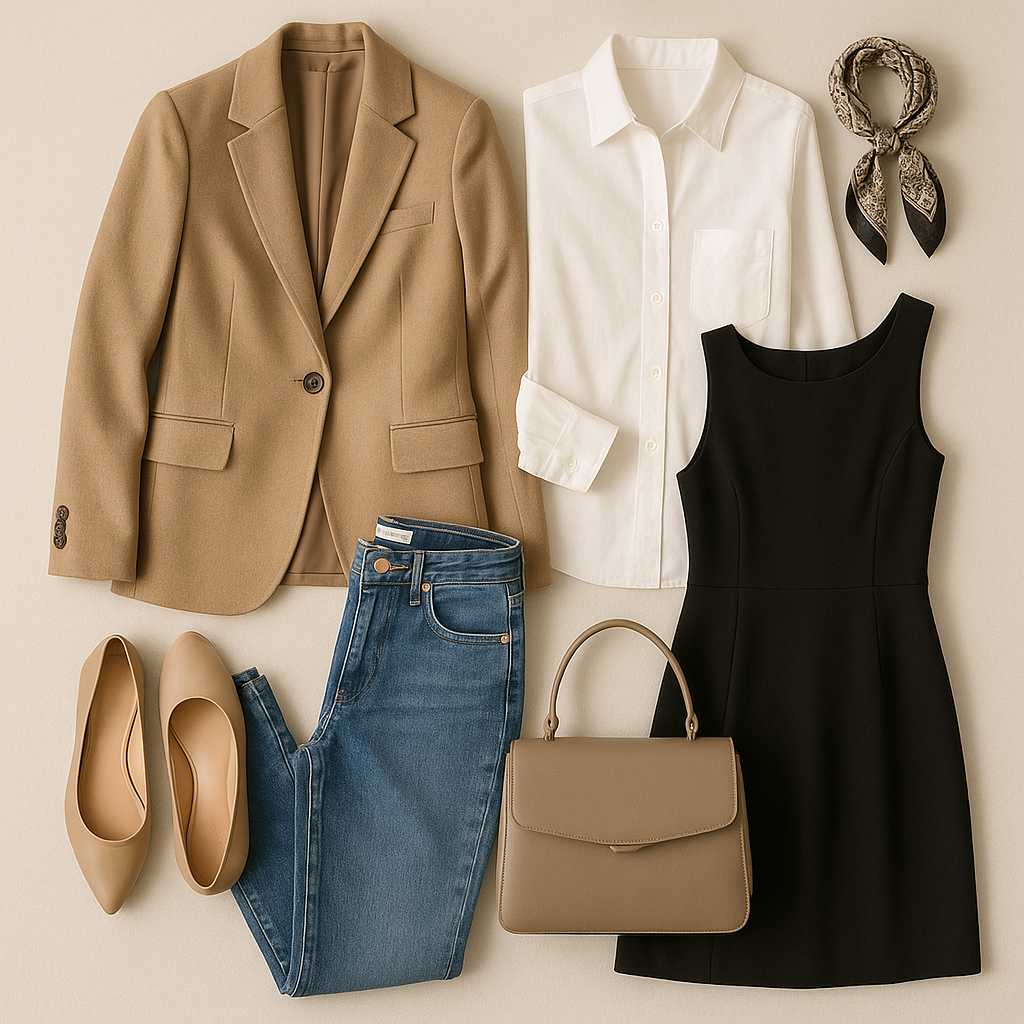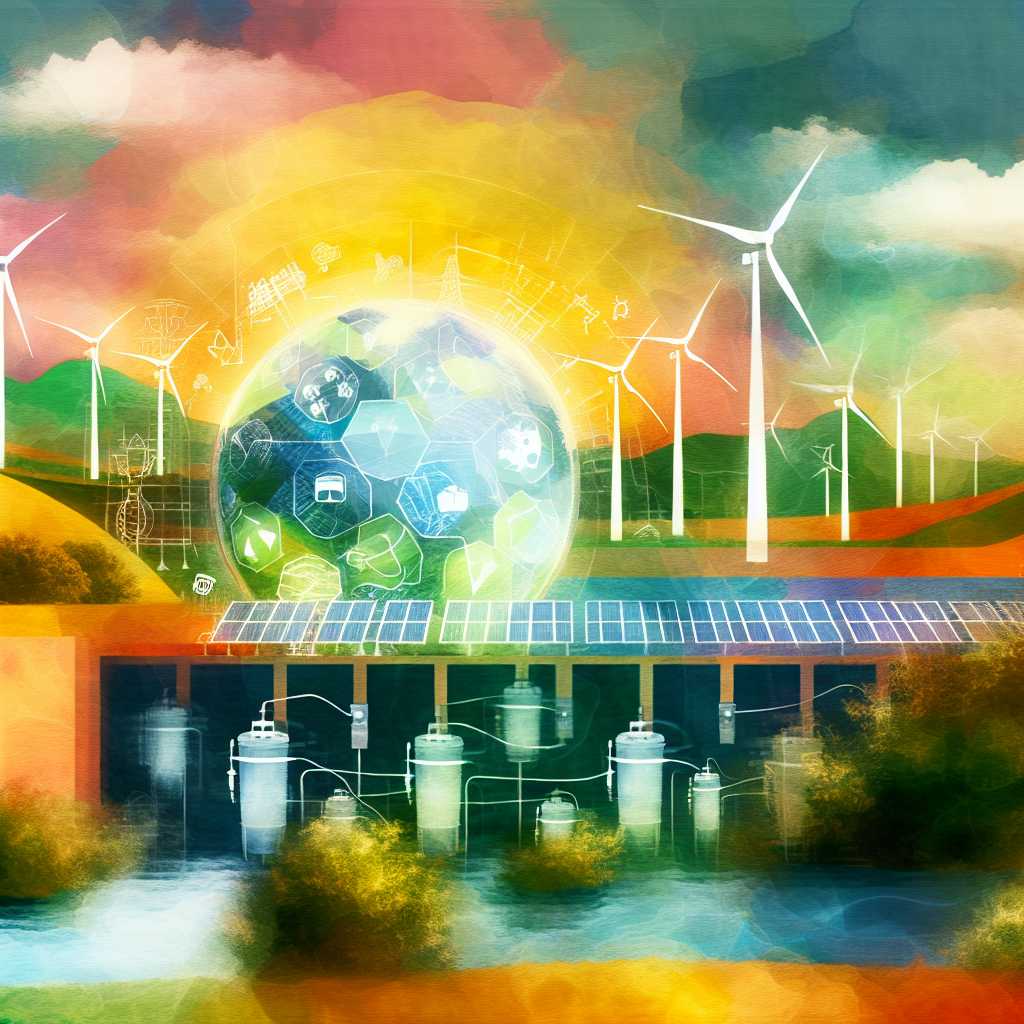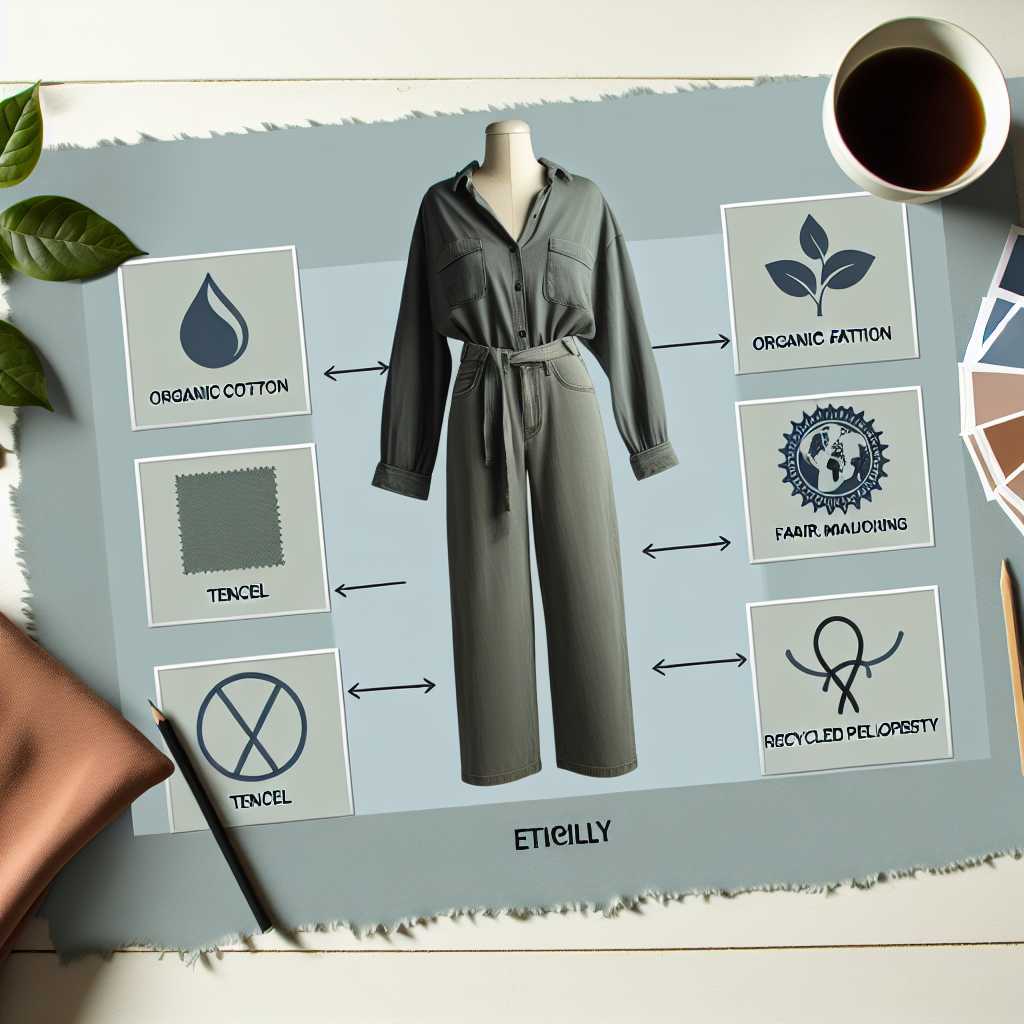Tag: Sustainable Fashion
-

The Allure of Upcycled Fashion: Giving New Life to Old Threads
In the ever-evolving landscape of fashion, one ingenious and eco-forward trend has been quietly gaining momentum: upcycled fashion. As sustainability becomes central to personal style, upcycling—transforming old garments and materials into unique new pieces—offers a creative, sustainable, and highly individualistic approach to dressing. What is Upcycled Fashion? Upcycling is the process of taking pre-loved clothing…
-

Timeless Trends: How to Build a Versatile Wardrobe for Every Season
Fashion is an ever-evolving expression of both individuality and collective culture. As we navigate a world teeming with trends that come and go, the desire for a wardrobe that is both stylish and enduring has never been stronger. As someone passionate about the dynamism of fashion, I believe that building a versatile wardrobe is not…
-

Sustainable Fashion: Reimagining Our Wardrobes for a Greener Future
In recent years, the fashion industry has been undergoing a significant transformation—one fueled by an urgent need to address environmental concerns and ethical considerations. Sustainable fashion is emerging at the forefront, offering consumers and creators a new roadmap for style that’s mindful of the planet and its people. But what does it really mean to…
-

A Buccaneer’s Guide to Sustainable Fashion: Dress Like a Pirate with a Green Heart
Ahoy, me hearties! Captain Pirate Pete here, and today we’ll be chartin’ a course through the treacherous seas of fashion, but fear not! We’ll be carving our path with a sustainable compass, marry! In this modern age where the tides of change be relentless, us buccaneers must learn to navigate the waves of fashion with…
-

Understanding Renewable Energy: Powering the Future
Introduction As the world continuously evolves, there is a growing emphasis on sustainability and reducing the carbon footprint. Renewable energy has emerged as a critical player in this transition, offering solutions that not only address energy demands but also combat environmental challenges. What is Renewable Energy? Renewable energy refers to power sourced from natural processes…
-

The Rise of Sustainable Fashion: A Path to Conscious Style
In recent years, the fashion industry has undergone a seismic shift, moving towards a more sustainable and ethical future. No longer is style solely about aesthetics; it’s about making conscious choices that benefit both the wearer and the planet. As consumers become more environmentally aware, sustainable fashion is emerging as a leading trend, and its…
